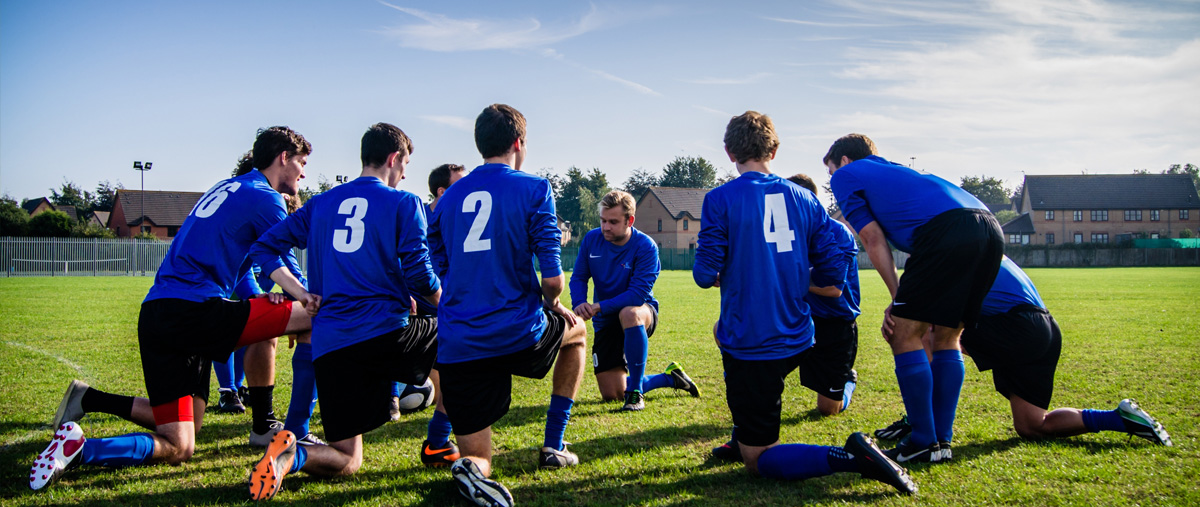The warmer season we’re heading into brings a greater priority to preventing dehydration, heat illness and other hot weather hazards for student athletes. Critical to successfully protecting their health is making sure your physical education, coaching and training staff are prepared with an action plan for keeping participants safe and responding to any emergencies. More than one million high school sports injuries occur each year. Heat illness is the leading cause of preventable death in youth athletics.
Proper hydration is the best prevention for heat-related injury. Student athletes need to learn how to hydrate themselves before practices and games and to keep it up during physical activities. All staff and participants need to know the signs of dehydration and what to do before it turns into an emergency. Muscle cramping is often an early indication. Players who have stopped sweating or who become disoriented are already in a serious situation. Everyone involved needs to be aware of these signs and must be empowered to report to staff that a fellow athlete appears to be suffering a heat injury.
“Heat illness is the leading cause of preventable death in youth athletics.”
Another part of hot weather preparation is protection from the elements. Sunburn can be a dangerous injury during outdoor sports. Sunscreen and the availability of shade should be an essential part of prevention. Hot weather can also give rise to of lightning hazards in the open areas of practices and competitions. Have protocols in place to shelter both participants on the field and spectators in the stands when sudden thunderstorms emerge.
Your district is responsible to maintain and train staff regularly in your athletic emergency action plan to save precious minutes during a serious emergency. Staff will need to be able to quickly assess severe and life-threatening conditions including heat illness and concussions. The plan should specify how immediate treatment is provided. An Automated External Defibrillator (AED) should be available within no more than one to three minutes. Reliable means for summoning emergency responders promptly must always be considered, especially in locations where cell phone coverage isn’t dependable.
School sports are fun and exciting for student athletes and the whole education community. Keeping these activities safe and decreasing their risks helps to keep the competitions an enjoyable, enriching and healthful experience for everyone involved.


